Flat tires are a common occurrence that can put a damper on any drivers’ day. Keeping Fix-a-Flat handy is an easy-to-use solution to get back on the right quickly.
Fix-a-Flat is a convenient option to patch a hole in your tire. It can last for up to 3 days or the first 100 miles of driving when used correctly. When purchasing Fix-a-Flat, it will last on your shelf for two years. It provides enough support for immediate road mobility.
Fix-a-Flat is widely known as one of the most reliable emergency flat tire repair tools. It provides excellent durability, ease-of-usage, and it is incredibly affordable. If you want to learn more about Fix-a-Flat, what exactly it is, and the longevity it provides, then keep reading.
All tires react to damages differently. Some can get punctured easier than others, and the repairs require more comprehensive solutions. However, our team uses Fix-a-Flat in different situations to test its reliability, and it consistently beats expectations. Learn from the experts about how to use Fix-a-Flat.
Fix-a-Flat is an aerosol that can quickly repair tires. It is a one-push spray that can inflate and seal your tire for a fast repair. The spray will seal any holes or punctures in a tire to prevent any current leaks and keep the tire inflated adequately.
Fix-a-Flat uses a liquid propellant that inflates without the hassle of using a traditional air pump. The polymer latex composition enters the tire and creates a thick foam that hardens when exposed to air. When sprayed along the inner tire wall, it hardens over the puncture and seals wherever the leak occurs.
The size of the hole is not an issue either. Fix-a-Flat can seal holes up to 1/4 inches without extra tools or equipment needed. Unless you are facing severe tire damage, this is a reliable repair option.
Because Fix-a-Flat does not properly inflate the tire the same way a pump would, it is recommended to only use it as a temporary solution to regain road mobility. The manufacturer recommends driving on Fix-a-Flat for three days or 100 miles, whichever occurs first.
The manufacturer recommends driving on Fix-a-Flat for three days or 100 miles, whichever occurs first.
Customers have reported instances where Fix-a-Flat lasts longer or shorter as well. We decided to run a few tests to see how different factors impact the length it will last on your tire. We determined there were three key factors to consider.
The significance of your tire damage will determine how effective Fix-a-Flat will be in inflating and sealing your tire to help you get back on the road.
Remember, you can only expect to plug a hole as large as 1/4 inches. Anything larger may be temporarily sealed, but the distance you can travel will be extremely short-lived.
It is ideal to use for more minor punctures from objects like nails that create a small hole that is easily located on the tire. Sidewall damage can make it more challenging to create an effective seal too.
Road conditions will impact how long your seal will last.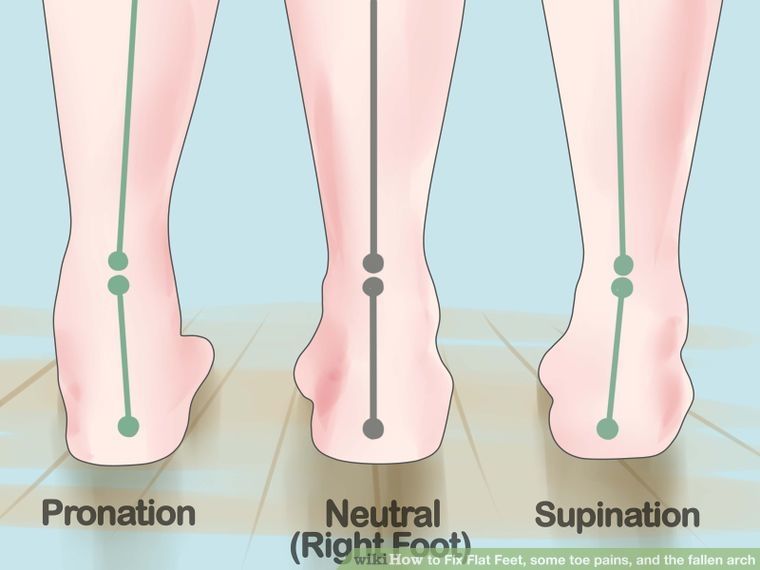 A new Fix-a-Flat seal can puncture quickly on uneven dirt or stone roads filled with sharper objects. It is best to avoid these if possible until you can properly repair or replace the tire.
A new Fix-a-Flat seal can puncture quickly on uneven dirt or stone roads filled with sharper objects. It is best to avoid these if possible until you can properly repair or replace the tire.
The weather also plays a vital role. When the temperature drops, so does the effectiveness of the sealant. It is best to avoid using it during the winter months because Fix-a-Flat can freeze when exposed to this type of weather.
When the sealant freezes in your tire, it will cause an imbalance in the tires. This can cause your driving to suffer and put the vehicle at risk for internal damages. The other tires also wear quicker because they are driving unevenly.
Through some testing, we learned that using the correct amount of sealant is extremely important to how long your tire can last on the road.
If you use too much, it can damage the internal structure of the tire. However, if you do not use enough sealant, it will not be effective.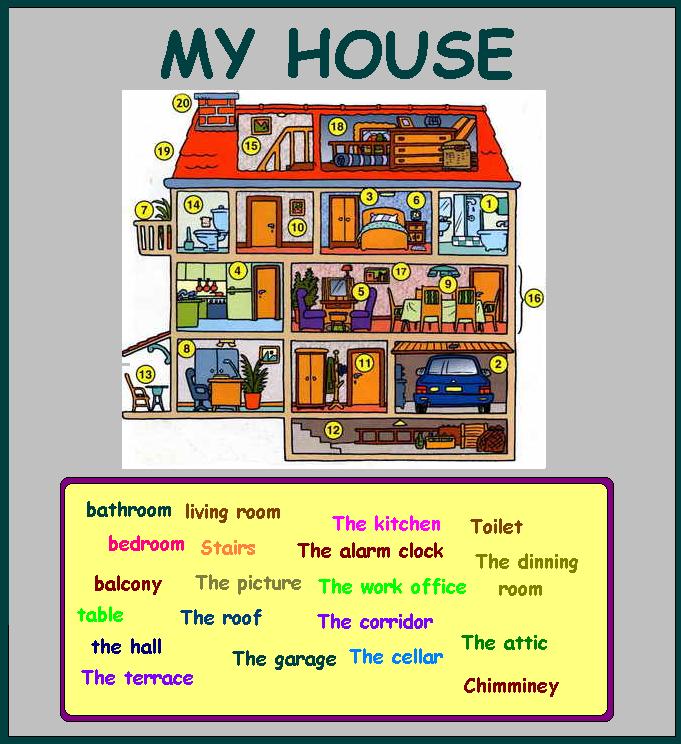 The foam forms to seal the holes in the tire, so adding a little extra is a way to ensure the tire will drive evenly and last long enough.
The foam forms to seal the holes in the tire, so adding a little extra is a way to ensure the tire will drive evenly and last long enough.
The process to get started with Fix-a-Flat is relatively straightforward. However, there are a few things to consider to make sure each step is performed safely.
A flat can leave you stranded in difficult areas. Be sure to pull your vehicle off the road to perform a repair safely and away from any potential accidents.
Use a PSI checker to see the current level of your tire. It helps to know how much air your tire needs to reach the ideal PSI level for driving, so you know how much Fix-a-Flat is required.
The can of Fix-a-Flat has a hose on the end that connects to the tire’s valve stem to inflate and seal the tire quickly.
Allow some tire to pass while the can is connected to the tire.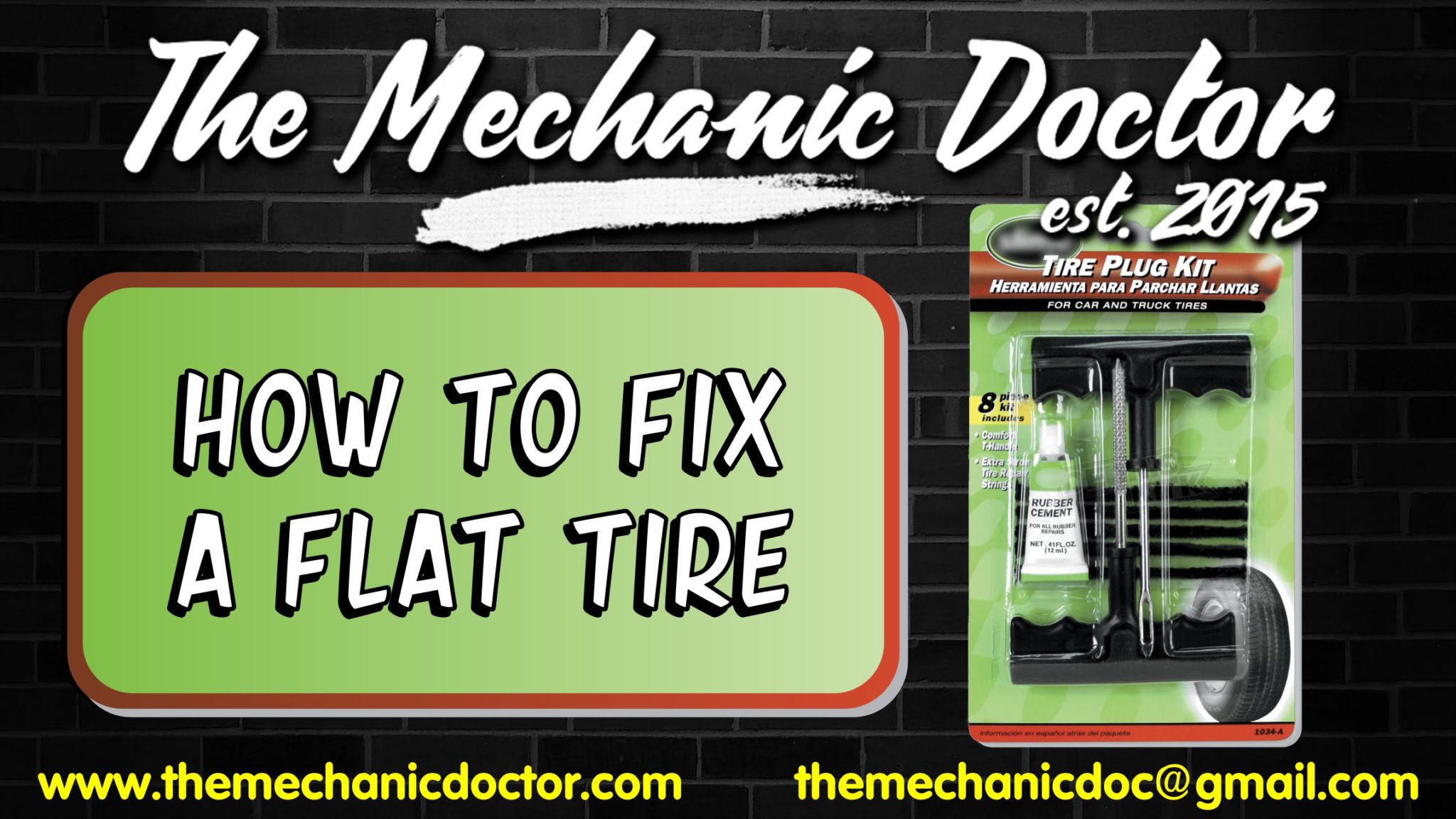 You will hear the sound of air filling the tire. Checking the PSI after filling the tire is the best way to ensure you put the correct amount in.
You will hear the sound of air filling the tire. Checking the PSI after filling the tire is the best way to ensure you put the correct amount in.
Be sure to disconnect the can when you finish and put the valve stem cap back on your tire to keep it inflated.
The foam from the can of Fix-a-Flat requires movement in the tire to settle and create an accurate seal inside the tire properly. Start driving to allow proper circulation.
Head to a repair shop as soon as possible to have your tire permanently fixed or replaced.
Fix-a-Flat sounds like an easy solution, but it also has some negatives as well. We break down both the pros and cons of using Fix-a-Flat for your tire repair.

You might be wondering, what are the risks of Fix-a-Flat? Is it worth using?
Well, it depends on the type of vehicle you have and how you use it. A few risks include uneven tire wear, rim damage, wheel damage, and TPMS damage.
The chemicals used in Fix-a-Flat can become corrosive when exposed to air. They use specific chemicals that can eat away at these critical elements of your vehicle.
This could lead to long-term vehicle damage and cause an unbalanced driving experience. Other risks include uneven tire wear because of the imbalance.
It is recommended to avoid using Fix-a-Flat if your vehicle uses a Tire Pressure Monitoring System (TPMS) because the sealant can ruin its effectiveness. They cost a lot of money to fix, and it is not worth the hassle.
They cost a lot of money to fix, and it is not worth the hassle.
It can damage your TPMS because the sealant builds up on the inner sidewall of the tire and permanently plugs the hole that gauges your tire pressure. Sometimes it can be repaired quickly, but the risk outweighs the reward.
After considering all of the benefits and risks involved, what should you do? Are there better solutions?
We always recommend that drivers have a temporary spare tire in their trunk for flat tire situations. However, it is not always feasible to make the change. Packing a can of Fix-a-Flat in your trunk is an excellent safety option too.
You can expect to get up to 100 miles in driving with Fix-a-Flat. This is plenty of support to get your vehicle to a repair shop to replace or repair the tire. While we don’t believe Fix-a-Flat is the number one flat tire solution, it is undoubtedly a reliable option in an emergency.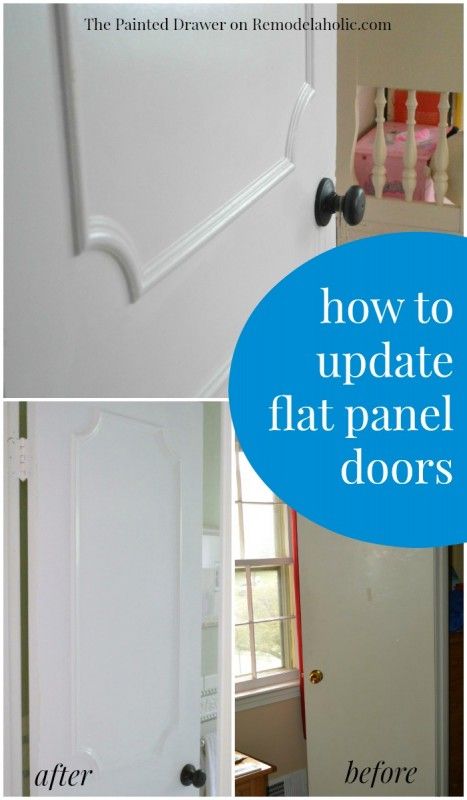
Fix-a-Flat is a handy tool to have at your disposal, even if you have room to carry a spare tire. It’s much quicker than changing the tire and requires no physical labor, but we all know that the downside is that Fix-a-Flat doesn’t last forever.
The original Fix-A-Flat solution lasts up to 100 miles or 3 days of use. It’s recommended that you drive to the nearest tire shop or home to install and install a good tire immediately.
We’ll focus not only on the Fix-A-Flat solution but also on the alternative options and see how long they can last. We’ll also talk about how Fix-a-Flat is used and whether it’s actually worth it, so keep reading if you’d like to learn more!
See how much you can save on car insurance if any of these apply to you: ✓Military
✓Ticket fell off your driving record
✓Your credit score improved
✓Started driving less
✓Recently moved
✓Got married
✓Accident free
✓Anti-theft device installed
Fix-A-Flat is the most popular emergency tire repair solution. The company offers four different single-use that are used for different tire sizes.
The company offers four different single-use that are used for different tire sizes.
The Compact Tires can is suitable for subcompact and compact cars. Standard Tires can is good for the compact, wagon, and midsize sedans cars. The Large Tires can is great for larger wagon and sedan cars, crossovers, and SUVs. The X-large Tires can is designed for bigger trucks and SUVs.
The solution is capable of inflating a flat tire and sealing punctures up to 1/4″. Fix-A-Flat is a tried and true method of quickly sealing a tire, and it’s a relatively inexpensive solution that may help you when you’re in a hurry or missing a spare tire.
However, there are a few drawbacks of Fix-A-Flat and similar solutions that we need to address. Before we do that, let’s talk about how to use Fix-A-Flat.
Fix-A-Flat is a very simple solution to use and takes a few minutes to get the tire inflated. Just follow these steps and you’ll be able to inflate the tire and reach the nearest mechanic:

As I’ve mentioned, using Fix-A-Flat isn’t difficult, but there are a lot of DOs and DON’Ts involved in its use that can lead to unwanted results.
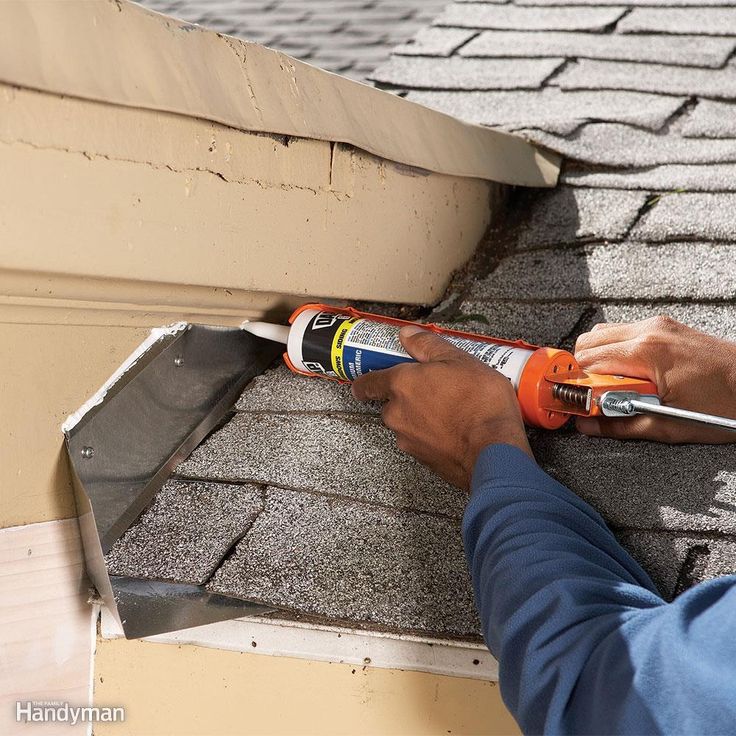
Changing a tire is a much longer and more difficult process than using Fix-A-Flat. In extreme weather, like cold, rain, or hot summer day, spending 5 minutes outside with the can of Fix-A-Last is going to be much better than spending half an hour on a tire change.
Fix-A-Flat and similar solutions are also quite cheap and handy to have, especially if, by some chance, you happen to puncture more than one tire. It’ll also save you from calling a towing service – even if it’s included in your AAA membership, waiting for the tow truck can take a while.
It’ll also save you from calling a towing service – even if it’s included in your AAA membership, waiting for the tow truck can take a while.
That’s why I’d recommend having a can of Fix-A-Flat in the trunk regardless of whether you have a spare tire or AAA membership.
The first issue with Fix-A-Flat and other aerosol tire inflating products is that they’re pressurized and can explode in the heat. Fix-A-Flat says that the limit is 120 degrees Fahrenheit, a temperature that can easily build up in a closed car on a hot day.
These solutions are also corrosive and must be cleaned out from both the tire and the rim during the tire change. Leaving Fix-A-Flat on the rim will cause it to corrode and deteriorate at a rapid pace.
This also means that the process of fixing the tire is going to be more time-consuming and expensive.
While a typical nail puncture can be fixed in 5 minutes with a plug, when Fix-A-Flat is used, the mechanic will have to take the tire off the rim, clean both of them, plug the hole, mount the tire back on, balance it and only then is it ready for use.
Another thing to pay attention to is whether the solution is TPMS safe. Fix-A-Flat is safe for use on wheels with a tire pressure monitoring system, but some of the other solutions may not be.
The disadvantages of Fix-A-Flat make it more of a last-resort option rather than option A. It’s convenient to use but causes a lot of inconveniences later on, so it’s really a trade-off solution.
There are a lot of tire-inflating solutions in a can out there, so while we’re on the subject, let’s take a look at the most popular options.
Slime sealant is a very popular solution for fixing flat tires. The product can be found in a variety of containers, with the classic 16 oz can providing enough of a charge to seal a passenger car or a trailer tire.
To use the product, you’ll have to position the tire valve towards the top. With the provided tool, unscrew the valve core and let the tire deflate. Remove the foreign object if possible, then attach the hose and squeeze it into the slime.
Once you’re done, reinstall the valve core. The drawback of the Slime sealant is that it requires a portable air compressor to inflate the tire, while Fix-a-Tire is an all-in-one solution.
Other than that, Slime sealant works just as well, with the capability to seal up to 1/4″ puncture, work in extreme temperatures and cause no damage to the tire pressure monitoring system (TPMS).
Check Price
TireJect sealant stands out as the solution that is the most capable of sealing bead leaks.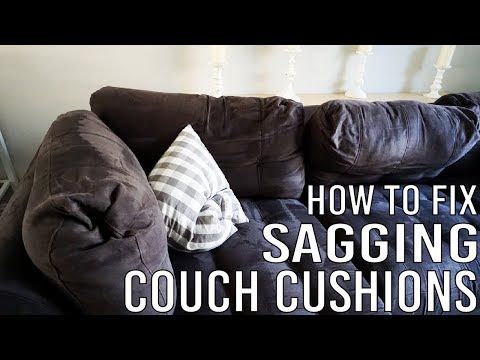 The process of using the TireJect is simple and similar to how Slime sealant works.
The process of using the TireJect is simple and similar to how Slime sealant works.
You’ll have to remove the valve core and push the sealant through the valve stem into the tire. Reinstall the valve core and attach the portable air compressor to reinflate the tire. The seal will take effect within five minutes and will hold for long enough to reach the closest tire mechanic.
TireJect solution fixes tread punctures that are up to 1/4″ in diameter, doesn’t cause tire vibration or balancing issues, and is completely safe to use with TPMS sensors.
Check Price
FlatOut is another standout solution that has a different marketing scheme. While other solutions are temporary fixes, FlatOut is a one-and-done product that will seal leaks for the entire lifespan of the tire.
Not only that, but the manufacturer claims that FlatOut can seal punctures up to 1/2″, which is twice the standard.
The solution can be used for any application from motorcycles and lawnmowers to trailers. It is not recommended for passenger cars, SUVs, and trucks, which is most likely the reason why it can work so effectively, as it’s only used on light-duty wheels.
The application is straightforward. Take the valve stem out, pour the required amount of FlatOut, return the valve stem and inflate the tire.
FlatOut may not be compatible with all tire pressure monitoring systems, but as most trailers and bikes don’t have them, that shouldn’t be a problem.
Check Price
Fix-A-Flat actually works for the amount of time specified on the can – 3 days or 100 miles. You should remember that after the 3 days, the Fix-A-Flat has to be cleaned off the rim, or it can cause damage to the metal.
Fix-A-Flat is the opposite of a permanent solution. It’s only intended as a quick fix to get you to the nearest tire shop, or to work and back so you can swap the tire at home.
It’s only intended as a quick fix to get you to the nearest tire shop, or to work and back so you can swap the tire at home.
Yes, you can. While it’s not recommended to use other sealant solutions along with Fix-A-Flat, adding in more air is completely safe and recommended.
Fix-A-Flat is completely safe to use with a tire pressure monitoring system (TPMS). The only thing you need to do is tell the tire mechanic to properly clean Fix-A-Flat from the tire and the rim before mounting the tire back on the car.
The answer to this question depends on what exactly we’re talking about. If you have large tires and standard-size Fix-A-Flat cans, then it’s fine to use more than one can on a single tire.
Using a single can of sealant on multiple tires is not okay. Also, prolonging the effect of one can by using another in a couple of days is not recommended. At that point, you should get the tire repaired or replaced.
At that point, you should get the tire repaired or replaced.
When all things are considered, Fix-A-Flat is a handy product to have. It has a long shelf life and is very affordable, so you can keep one in the trunk of your car and forget about it until you really need it.
Using a spare tire is objectively a better solution, but it’s not always possible to safely and quickly replace the wheel. Fix-A-Flat will be the fastest method of getting to your destination, and then you can sort out the issue at a tire shop.
If possible, you should remove the nail before applying Fix-A-Flat. While it may seem logical to leave it in and let the sealant close the gap around it, the constant movement of the tire and the pressure applied to the puncture spot will never let the sealant properly take effect.
No, Fix-A-Flat will have no negative effect on the tire or the rim as long as it’s cleaned within the specified amount of time.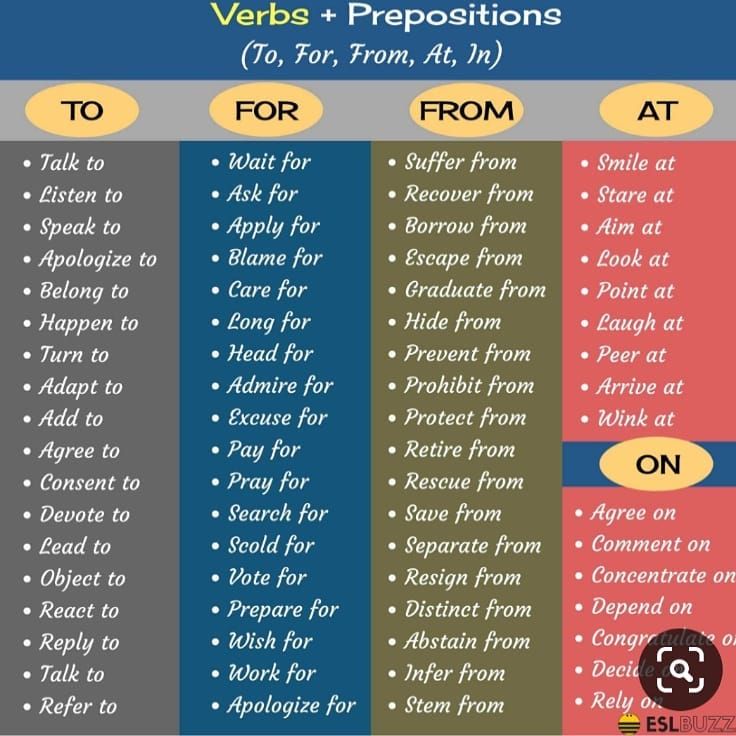 Leaving Fix-A-Flat on the rim may cause corrosion and structural damage, and render the rim unusable.
Leaving Fix-A-Flat on the rim may cause corrosion and structural damage, and render the rim unusable.
Fix-A-Flat needs to stay above 32 degrees or it will freeze. To use it, you should warm it up to room temperature. During the colder months, you can use the interior heater on the can to warm it up before applying it.
The downsides of Fix-A-Flat are apparent only after you’ve gotten to the tire shop. The technician will have to perform extra steps and clean out the Fix-A-Flat thoroughly, which is most certainly going to increase the cost of tire repair.
That’s the only reason against using Fix-A-Flat, but the benefits are far greater in certain situations, especially when installing the spare is not possible.
The story about mechanics hating Fix-A-Flat because it ruins tire pressure monitoring sensors has no grounds in reality.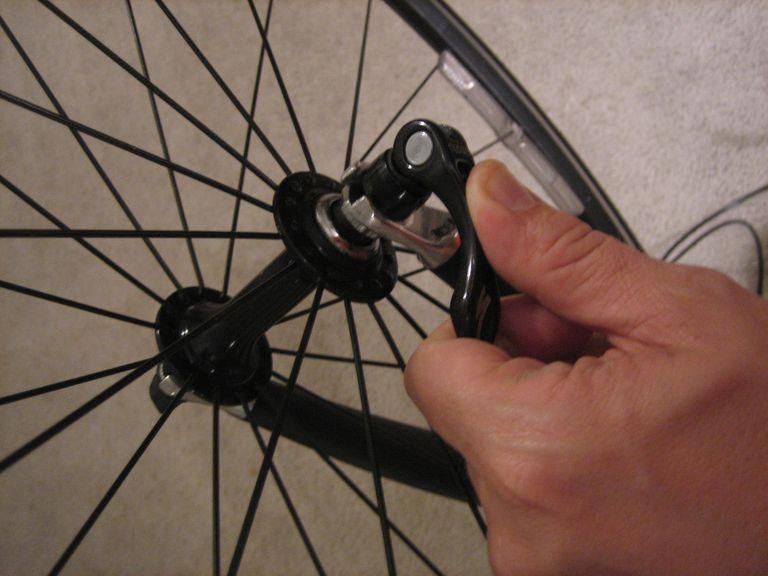 Fix-A-Flat is TPMS-safe, and I don’t see why a mechanic would complain about making an easy buck replacing it.
Fix-A-Flat is TPMS-safe, and I don’t see why a mechanic would complain about making an easy buck replacing it.
The real reason why they hate it is that they hate cleaning it. It’s tedious and time-consuming, but they have to do it or else you’ll be a dissatisfied customer. That shouldn’t concern you, but you should expect a higher service fee because of it.
Before you can patch a tire, generally you have to clear out the foam from the tire and more importantly from the rim to keep it from affecting the metal in the future.
Fix-A-Flat is without a doubt a useful asset in your on-road toolkit. Changing the punctured tire for a spare will be better, but time, weather, and safety may make it inconvenient or impossible. In those situations, the Fix-A-Flat is going to pay for itself several times over.
Get more tips from us by checking out these posts:
How to Fix Cracked Tires – Detailed Steps
Is It Safe to Drive With Low Tire Pressure?
How Far Can You Drive On A Flat Tire?
Installation and repair of flat roofs.
Insulation and waterproofing of roofing.
Interesting Articles
We won't use cliches and say that we have the best specialists and the most modern equipment. So it is, but the best recommendation is the work done and the photos that we can provide you with from our facilities.
So it is, but the best recommendation is the work done and the photos that we can provide you with from our facilities.
Roofing specialists from the staff of the organization with nine years of experience specialize specifically in the installation and repair of roofing from TechnoNikol rolled materials, waterproofing and insulation of coatings and have already established themselves as responsible and reliable performers for individuals, commercial and state companies.
Overhaul of a flat roof with roll materials is your opportunity to save on costly interior repairs.
We will perform a reliable, overhaul repair of a flat roof at a reasonable price with a guarantee for work up to 5 years.
Why is it better to sign a contract with our organization:
One of the leaders in the production of roofing. The narrow specialization of the company has made it possible to perfectly master modern technologies for the repair of flat roofs, and you can be sure that we will do this job best of all.
The staff is made up of masters with specialized education, high qualifications and practical experience. Specialists do not just work off their salary, but are guided by the long-term benefit of customers who recommend us to their friends and acquaintances. This is beneficial for them, because. they are paid by the piece for their work.
Reduce the cost of roof restoration by 20%. Despite the fact that we use only reliable mastics and roll materials, due to the competent selection of brands of materials used and the speed of work, you get the best prices for the overhaul of a flat roof in your region.
The customer receives a guarantee for the work performed for up to 5 years. Order roofing work and forget about leaks, freezing or swelling of the roof for many years!
Your benefits from cooperation with Stroy-Alliance
When potential customers call us and ask us to do it qualitatively and inexpensively, we tell them that it is impossible to do this, but we know how to carry out work at a high level and reduce customer costs.
That is, you get a number of REAL benefits by concluding a contract for the repair of a flat roof:
Saving money. You get the opportunity to save on current repairs, getting the best prices from us, and also on the absence of the need to patch the roof every year or to carry out major repairs of the interior.
Reputation of a reliable business executive. By choosing our company as a contractor, you will ensure your reputation as a diligent owner who never has problems with a leaking roof, cold and damp indoors.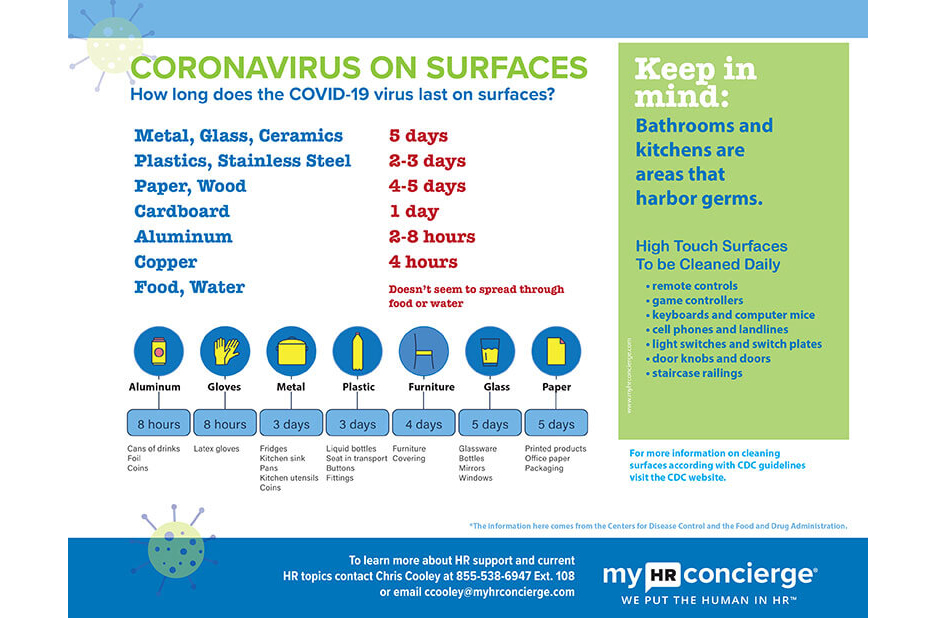
Is your roof leaking, swelling or freezing?
Let's execute quickly and at reasonable prices repair of a flat roof.
Dial our phone number right now.
A qualified specialist is waiting for your call!
Using liquid rubber instead of traditional rolled materials allows you to perform a better installation and repair of a flat roof, to get a seamless coating with excellent adhesion throughout the base. For clarity, see a fragment of the Bolshaya Stroyka program, shown in the summer of 2014 on the OTS channel.
Liquid rubber will allow you to postpone the next repair of a flat roof by 7-10 years or 25-30 years, if you additionally protect the top layer from ultraviolet radiation with a paint layer of rubber paint or polymer or polyurethane mastic. How to do this if the roof slope is up to 10 degrees, is described below.
How to do this if the roof slope is up to 10 degrees, is described below.
Roofing liquid rubber appeared in Russia in 2004. To date, hundreds of companies across the country are using this technology to repair old and install new flat roofs. But a few hundred contractors are too few on the scale of Russia. Therefore 99% of all flat roofs are covered with roll materials and require repair.
To obtain a durable coating 3 mm thick, it is necessary to spray liquid rubber at a rate of 4.0..4.5 kg per square meter. The membrane obtained by drying liquid rubber is a kind of soft roof.
The following video shows how Technoprok LLC in 2004 completed its first flat roof repair work using the new TECHNOPROK liquid rubber technology. This was one of the first use of liquid rubber for flat roof installation in Russia in Moscow.
Today, Technoprok offers liquid rubber (one-component and two-component) and equipment for applying bitumen-polymer emulsion for the installation and repair of flat roofs.
The membrane is shock resistant and will not crack or break on its own. But at negative temperatures, the material loses its elasticity and is more susceptible to loads, shocks, cuts, deflections, etc.
For industrial repairs of a large flat roof, when it comes to hundreds and thousands of squares, it is correct to use TECHNOPROK liquid rubber. This is a liquid rubber of automated application. If we are talking about small roofs, then manual application grades of polymeric liquid rubber are used.
Installation of a flat soft roof with liquid rubber is the most economical option, especially when it comes to multi-storey urban residential and administrative buildings. This is due to the fact that a flat soft roof can be made relatively small in mass, which is especially important for large houses.
After the issues with the lower layers of a flat roof are resolved: vapor barrier - thermal insulation - slope, you can proceed with the installation of waterproofing.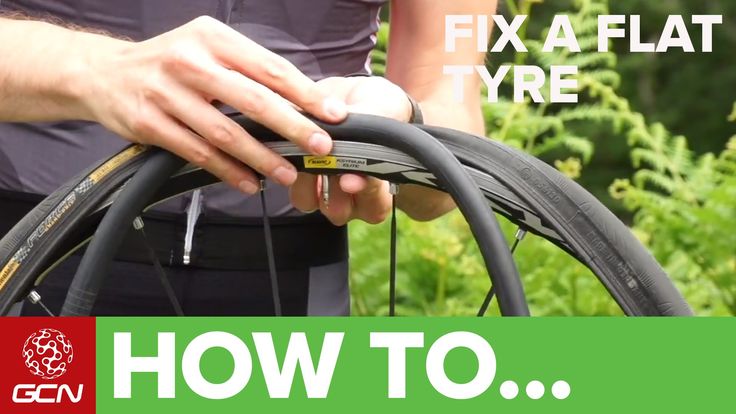
And here the advantages of liquid rubber over traditional roll materials are clear:
To see how quickly and efficiently liquid rubber covers large areas with complex joints in a short time, watch a few videos from Technoproc's partners in Russia.
Roof repairs in the Volga region are carried out by Technoprok's partner in Kazan.
Roof repairs in the Upper Volga region are carried out by Technoproc partner from Navoloki, Ivanovo region.
Roof repairs in the Far East are carried out by the Technoprok dealer in Primorsky Krai.
If roofing is to be used, the membrane must be protected from mechanical damage. For example, if there is traffic on the roof or it is supposed to clear snow (usually around the perimeter of the building), then ladders should be laid.
Another option for additional coating on top of liquid rubber on the roof involves the application of a paint layer. As such a paint, we recommend Inopaz polyurethane mastic or rubber paint.
Today in Russia, the repair of a flat roof, as a rule, comes down to the fact that a new layer of roll is rolled on top of the old coating. Therefore, on old houses with flat roofs, you can find pies from 20 - 30 layers from a wide variety of materials, incl. asphalt. But, a year will pass, at best three (depending on the experience of the roofers), and again the waterproofing of the roof needs to be repaired.
Classic flat roof cake: floor slab - vapor barrier - insulation - slope - waterproofing - protective coating (if necessary).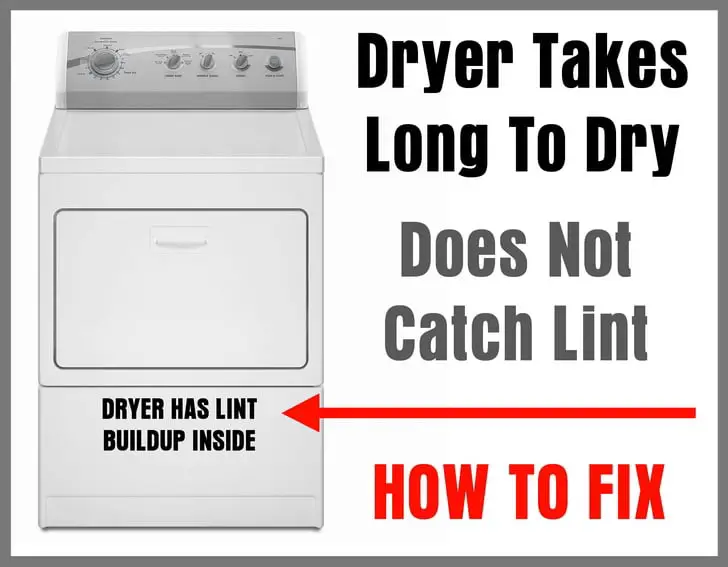 Theoretically, such a design should protect the roof from moisture stagnation and temperature changes. However, in practice, things are far from perfect. Therefore, there is a need to repair the roofing.
Theoretically, such a design should protect the roof from moisture stagnation and temperature changes. However, in practice, things are far from perfect. Therefore, there is a need to repair the roofing.
But, before proceeding with the repair of waterproofing, preparatory work should be done, because a flat roof consists of several layers.
The roof must be cleaned of debris and dust. Where there are metal structures (pipes, air ducts, equipment, parapets, drains, ducts, etc.), clean the rust with a wire brush, scrape off, blow off. Degrease all metal surfaces.
Remove old crumbling, loose, wet coating.
Check the fastening of pipes, ventilation ducts, parapets, drains, etc. If necessary, reinforce, additionally reinforce and coat the joints using one-component liquid rubber and geotextile.
Do not apply liquid rubber on a fragile, collapsing, loose, movable substrate. Watch a short video on the preparation of the base of a flat roof.
Watch a short video on the preparation of the base of a flat roof.
For a better understanding of roof sloping and under roof space ventilation, watch the video of roof drain repair and roof aerator installation.
In the video, the funnel and aerator are sealed with one-component Elastomix liquid rubber. This material, as well as Elastopaz bituminous mastic and Inopaz polyurethane mastic, are used to repair small flat roofs or do-it-yourself local flat roof repairs.
Any flat roof has a slope. As a rule, it is 2.5 ... 4.0 degrees to the horizon. Assuming that a flat roof does not have a slope, i.e. perfectly flat, relative to the horizon, then water after rain or snow melt will collect and stand on the surface.
If in summer a puddle can evaporate more or less quickly, then in spring and autumn freezing water on the roof poses a threat to the integrity of the roofing cake. Therefore, it is necessary to make sure that the water does not stagnate anywhere and drain.
Therefore, it is necessary to make sure that the water does not stagnate anywhere and drain.
For this, funnels are provided for the installation of a flat roof. The slope of the flat roof is necessary to direct the water towards these funnels. To do this, on top of the insulation, as a rule, a sloped screed is performed. Also, the screed allows you to get a solid base, on which it is more convenient and more reliable to lay waterproofing.
But, if water nevertheless penetrated into the under-roof space, then measures should be taken to remove it from there. To do this, aerators are mounted on the roof.
The presence and movement of water between the layers of the old roll and in the insulation are signaled by cracks, punctures of the waterproofing carpet. If there are bubbles, then they signal that the water is trying to get out.
When heated, it turns into steam. If the soft roof covering is made of traditional roll materials, then the steam pressure is sufficient to either break the rolls at the seams or tear the roll itself, because. these materials are not flexible enough.
these materials are not flexible enough.
The liquid rubber membrane is sufficiently strong and elastic, and it is also seamless. Therefore, bubbles will form, but they will not burst in the summer. But in winter, all the moisture accumulated under the rubber will turn into ice and tear the rubber cover. Accordingly, the soft roof will no longer be seamless.
Therefore, before starting to repair a flat roof with liquid rubber, it is ideal to dry all layers of a flat roof, incl. and a heater. But it involves so much work and so much expense that it is rare for anyone to do so.
It is much easier, faster and cheaper to ventilate the roof space. This function is performed by roof aerators. The previous video showed how to install the aerator.
The need for aerators is also due to the fact that water can enter the insulation not only from above, but also from below, if the vapor barrier layer is broken. Then the warm air from the building rises and condenses in the heater.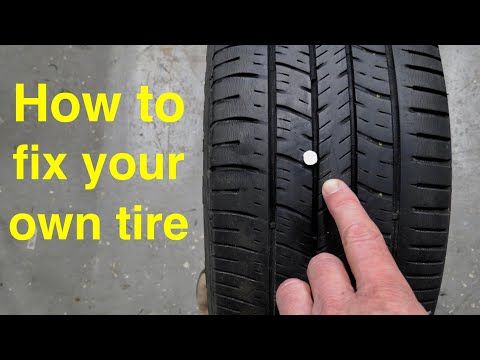
Therefore, even if the roofing cake is drained and then the flat roof is repaired with liquid rubber, but the vapor barrier technology will be violated, it will take 2-3 years (or maybe earlier) and water will again accumulate in the roofing cake, which when heated in the summer, it will rise, trying to break the liquid rubber membrane.
Roof aerator avoids all these "troubles". One aerator is mounted on the basis of 70 ... 120m2 of a flat roof. And then the moisture, both accumulated over previous years, and newly formed due to poor vapor barrier, will be removed to the outside through these air vents.
In some flat roof constructions, it is allowed that the waterproofing layer is laid directly on top of the thermal insulation. This is possible if the insulation is sufficiently dense and durable. For example, polyurethane foam with a density of 60 or more kg / m3, or stone wool slabs. But at the same time, the heat-insulating layer must provide the necessary slope of the flat roof.
For example, in 2011, RockWool introduced a new type of stone wool slab that provides a flat roof slope. Such slabs are produced individually for each roof, and then assembled on the roof like a puzzle, providing a discharge to the water intake funnels.
Liquid rubber allows you to conveniently and efficiently cover the surface of both insulation and concrete screed with a seamless waterproofing membrane.
Note that depending on the type of foundation, the technology of repairing the roof with liquid rubber is slightly adjusted. For example, when liquid rubber is applied to RockWool boards, the consumption of bitumen-polymer emulsion for the primer layer increases and it is necessary to reinforce all joints between the insulation boards by laying strips of geotextile.
To obtain a quality waterproofing coating, liquid rubber must be applied to a smooth substrate. Let not even, but - smooth. If the thermal insulation layer of the roof was obtained using the technology of spraying polyurethane foam, then the "smoothness" of polyurethane foam depends on the equipment used for polyurethane foam.
If a high pressure unit has been used, the surface of the thermal insulation is more or less smooth and a seamless membrane can be obtained over it by spraying with liquid rubber. If low-pressure polyurethane foam equipment was used, then the surface will be extremely uneven, bumpy, where there may be several hundred bumps and depressions per square meter with a height variation of up to 10 mm.
The consumption of liquid rubber in order to obtain a monolithic, seamless layer of a flat roof, on such a "super relief" surface will be excessive, not economical. Such a surface should be leveled, for example, with a screed. Which, by the way, will not only make the surface even, but also provide the necessary slope of a flat roof.
Most often, vapor barrier is a film that is placed between the reinforced concrete slab and the insulation.
The task of this film is to cut off air convection from below, from under the plate, upward to the insulation. If the vapor barrier layer is damaged, then the warm air from the building condenses in the insulation. All fibrous thermal insulation materials perfectly absorb moisture. And, if you do not ensure the removal of this moisture through the roofing, then we will get a source of swelling and bubbles. Therefore, it is necessary to provide ventilation of the roof layers.
If the vapor barrier layer is damaged, then the warm air from the building condenses in the insulation. All fibrous thermal insulation materials perfectly absorb moisture. And, if you do not ensure the removal of this moisture through the roofing, then we will get a source of swelling and bubbles. Therefore, it is necessary to provide ventilation of the roof layers.
It is possible to make an excellent vapor barrier for a flat roof by applying a thin layer of liquid rubber (no more than 1mm) over the reinforced concrete floor slab. And then lay insulation, screed, etc. Liquid rubber film has a high diffusion coefficient, i.e. it practically does not pass gases through itself. A lot of useful information to better understand the issues of flat roof vapor barrier is here.
TECHNOPROC liquid rubber spraying is the simplest, fastest and most reliable way to install a flat roof. With a waterproofing membrane layer of 3 mm, such a roof, in the absence of mechanical damage, is guaranteed to last at least 7 years.